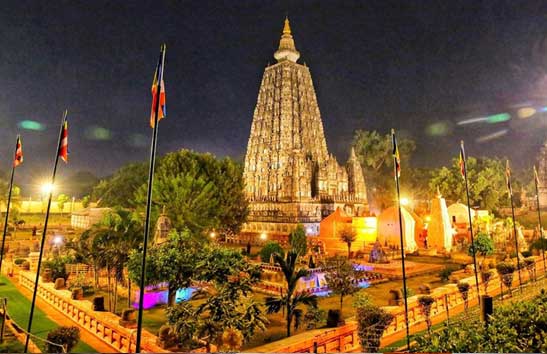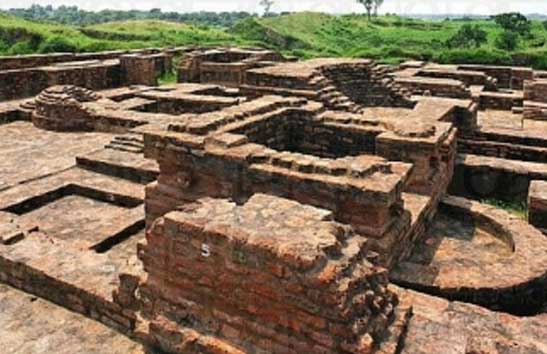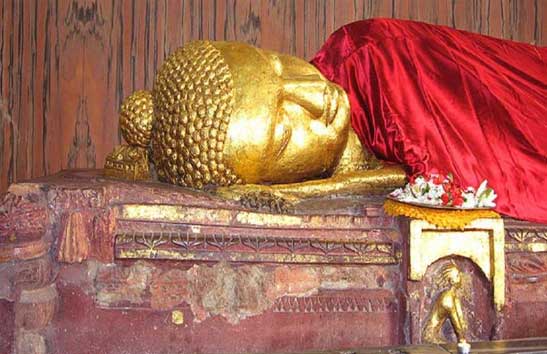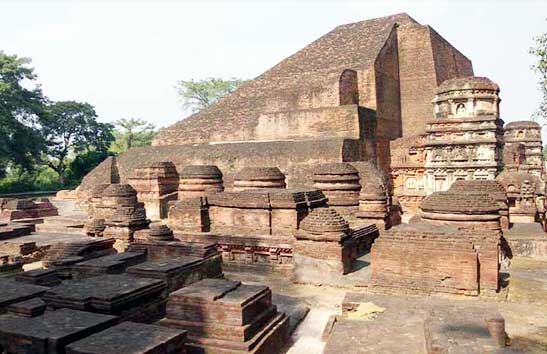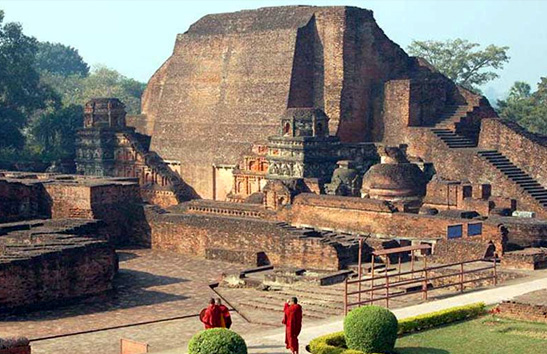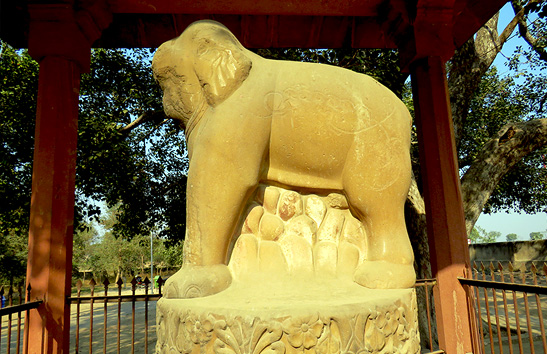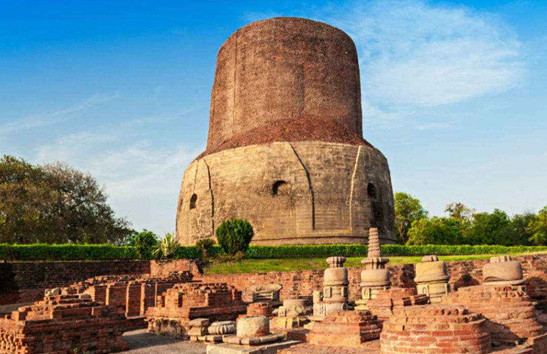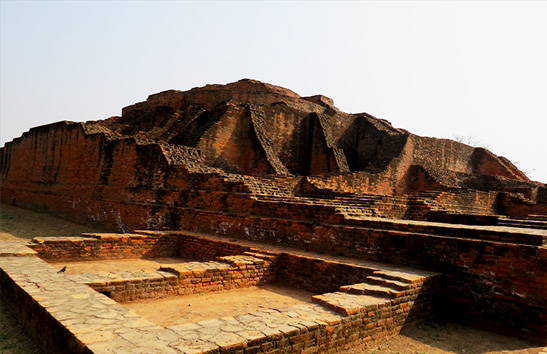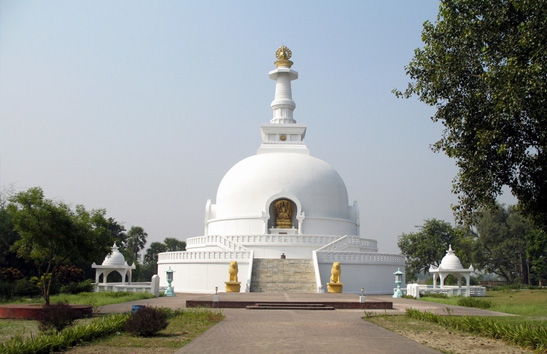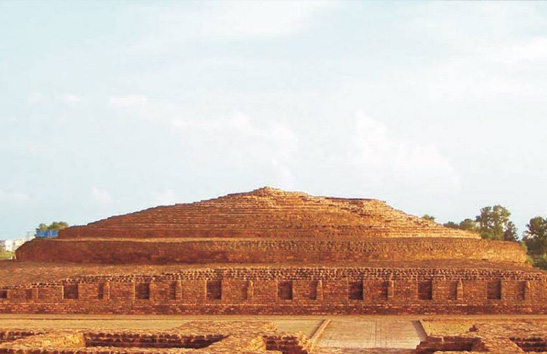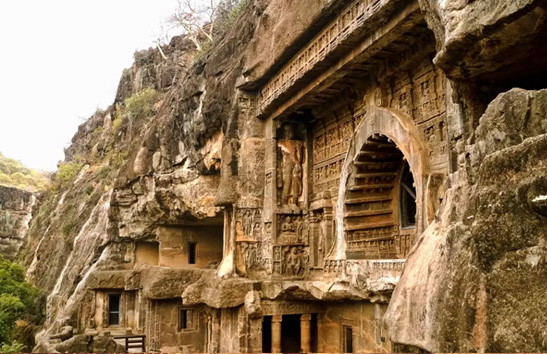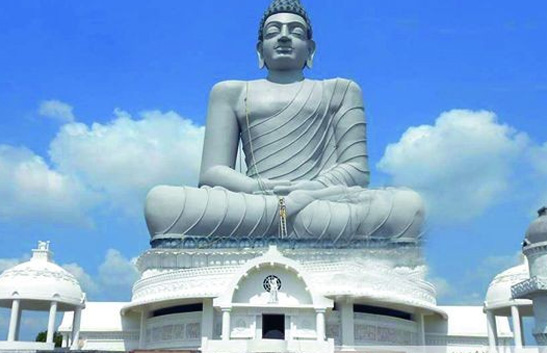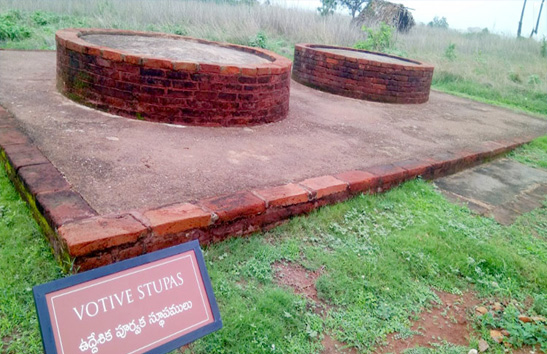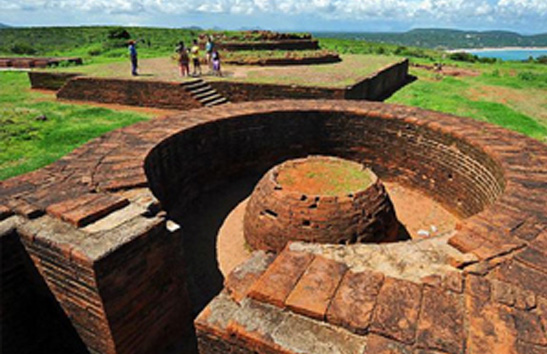Bodhgaya
The place where Budhha attained supreme enlightenment
- Country : India
- State : Bihar
- Location : 300 Kilometers from the holy city of Varanasi
- Best time to visit : October to February
- Tourist places to visit : Maha Bodhi Tree , Maha Bodhi Temple , Shaivite Monastery, Bodhgaya Museum , Jagannath Temple
- Significance : One of the four holiest places for the Buddhists. Buddha got enlightenment at this place.
- Nearby Tourist Places : Gaya , Barabar caves , Rajgir, Nalanda , Patna , Varanasi , Sarnath ,etc
- Festivals to visit : Buddha Jayanti
Bodhgaya is the holiest site on every Buddhist Pilgrimage and it is the very place where Shakyamuni attained enlightenment under the Bodhi tree. It is a “World Heritage Site” situated in the Indian state of Bihar. During the time of Buddha, this place was called Uruvela and is located on the banks of river Niranjana. The first temple in Bodhgaya was built by King Asoka in 250 BC. The main monastery of Bodhgaya was earlier called Bodhimanda Vihara and is now called the Mahabodhi temple. Bodhgaya is a key pilgrimage destination for Buddhists around the world and it attracts thousands of pilgrims every day.
Major Attractions in Bodhgaya:
Mahabodhi Temple: The first Buddhist temple at the site was built by King Asoka during the 3rd century BC. Previously it was marked by a tree shrine (Bodhighara). The second stage of construction of the temple was carried out during the 1st century AD when the original temple was renovated. The third phase of construction was carried out by the Kushan king Huvishka. The entire Mahabodhi temple as seen today is the structure that was constructed during the Gupta Period (6th century AD). The height of Mahabodhi temple is over 55 meters and in the sanctum, there is a 10th-century image of Buddha seated in the earth touching posture (Bhumisparsh Mudra).
Bodhi Tree: The Bodhi tree under which Shakyamuni attained enlightenment is situated just behind the Mahabodhi temple. According to Buddhist mythology, it is said to have sprung up at the same time as Siddharth’s birth in Lumbini. No other place can support the weight of Buddha’s enlightenment except this very location as per Jataka tales. It is the site where Mara and his army got scattered by the violent earthquake that shook the earth. It got destroyed several times, the first time when King Asoka got it cut before his conversion to Buddhism. In 1876, the old decaying tree fell down which was replanted by the sapling from the Bodhi tree in Sri Lanka which was a direct descendent of the original Bodhi tree of enlightenment.
The Vajrasana or the Diamond throne: The Vajrasana or Diamond throne marks the actual place where Budhha attained enlightenment. He sat on under the Bodhi tree facing east with his back to the trunk of the tree. A red sandstone Vajrasana built by Asoka in 250 BC, marks the place of enlightenment. According to mythology, a local grass cutter gave Siddhartha some kusha grass to use as a cushion. He walked around the tree seven times and then sat down for meditation.
The seven places of Buddha’s stay after enlightenment (all locations are situated within Mahabodhi temple premises) :
- 1. The first week on the Diamond throne (Vajrasana)
- 2. The second week of unblinking gaze marked by Animisilocana Cetiya shrine
- 3. The third week in walking meditation or cankama
- 4. The fourth week in the jeweled house
- 5. Fifth week at Ajapala Nigrodha tree
- 6. The sixth week at Mucalinda, marked by Mucalinda pond
- 7. The seventh week at Rajyatna tree
Pragbodhi or Dungeswari: This is the place where Siddhartha used to stay before his enlightenment on the bank of river Niranjana. Here he practiced the painful self-mortification meditation for six years which is marked by a skeleton statue of Buddha inside the Dungeswari cave.
Sujata Kuti: The place is located in the village of Bakraur where lady Sujata had offered milk and rice to Siddhartha prior to his enlightenment. A large Stupa constructed and enlarged between the 1st to 8th centuries AD marks the event.
Buddhist Temples and monasteries: There are several Buddhist temples and monasteries in Bodhgaya possibly from every country having a significant Buddhist population. One should visit these Buddhist temples and meditation centers.
Book Now




